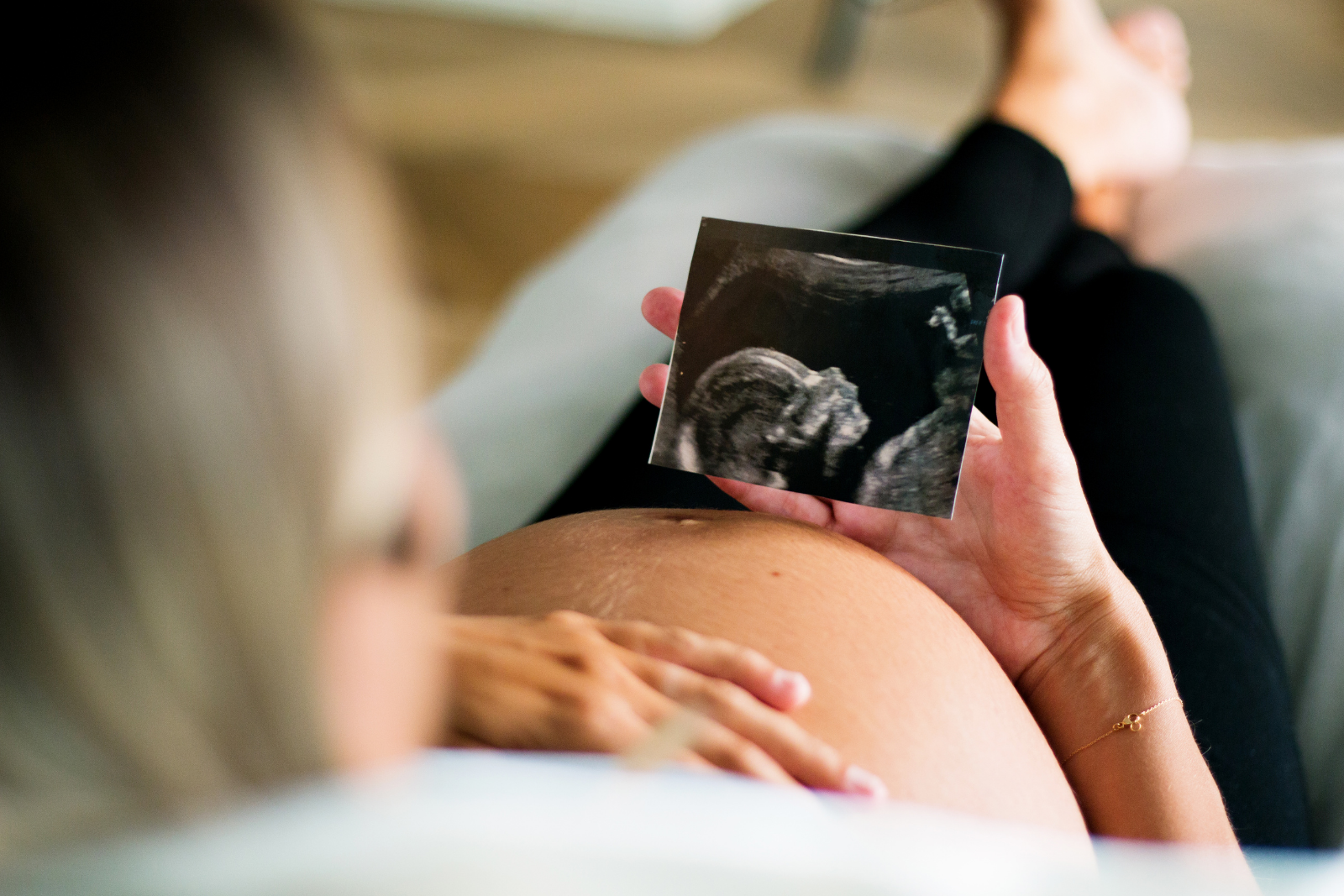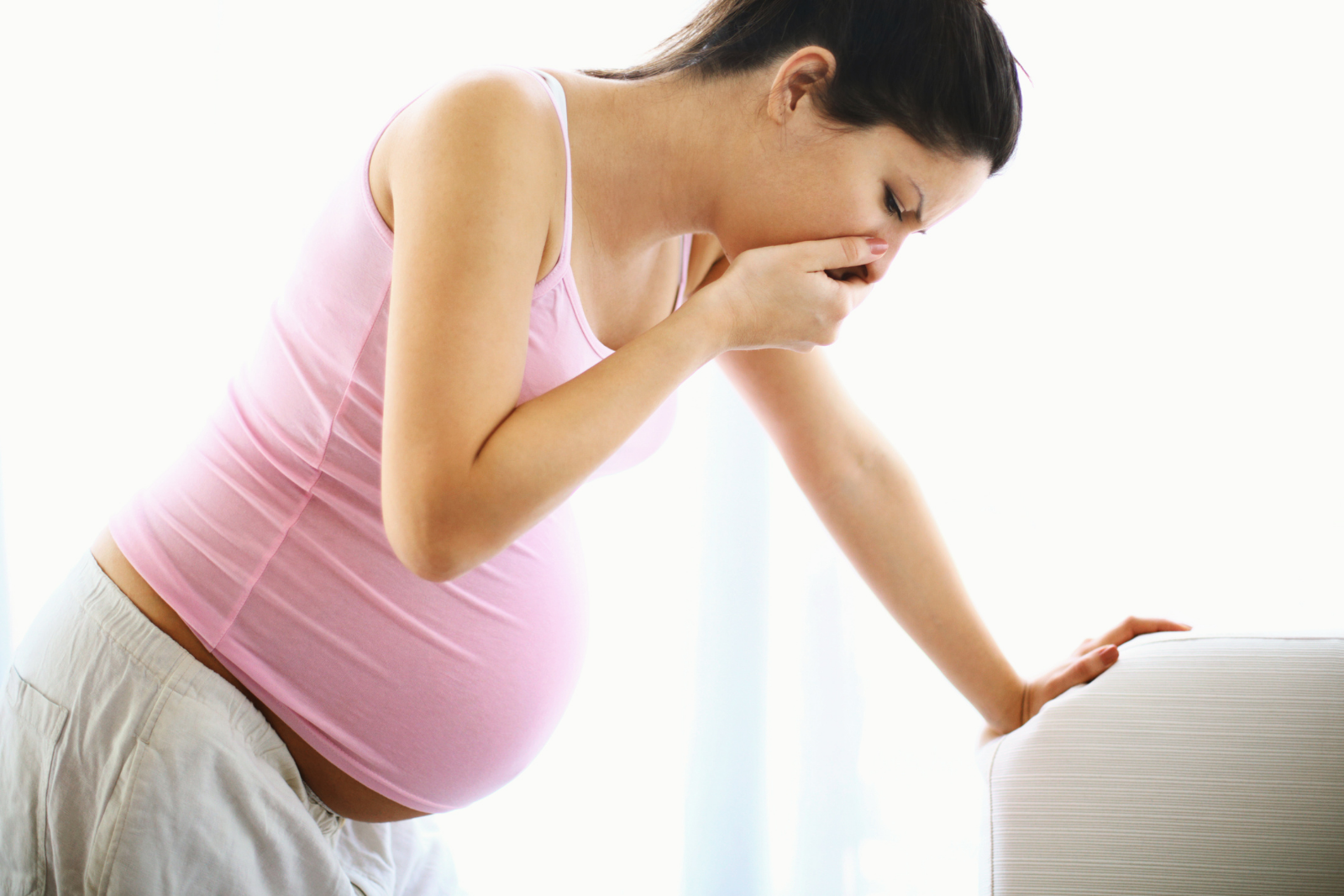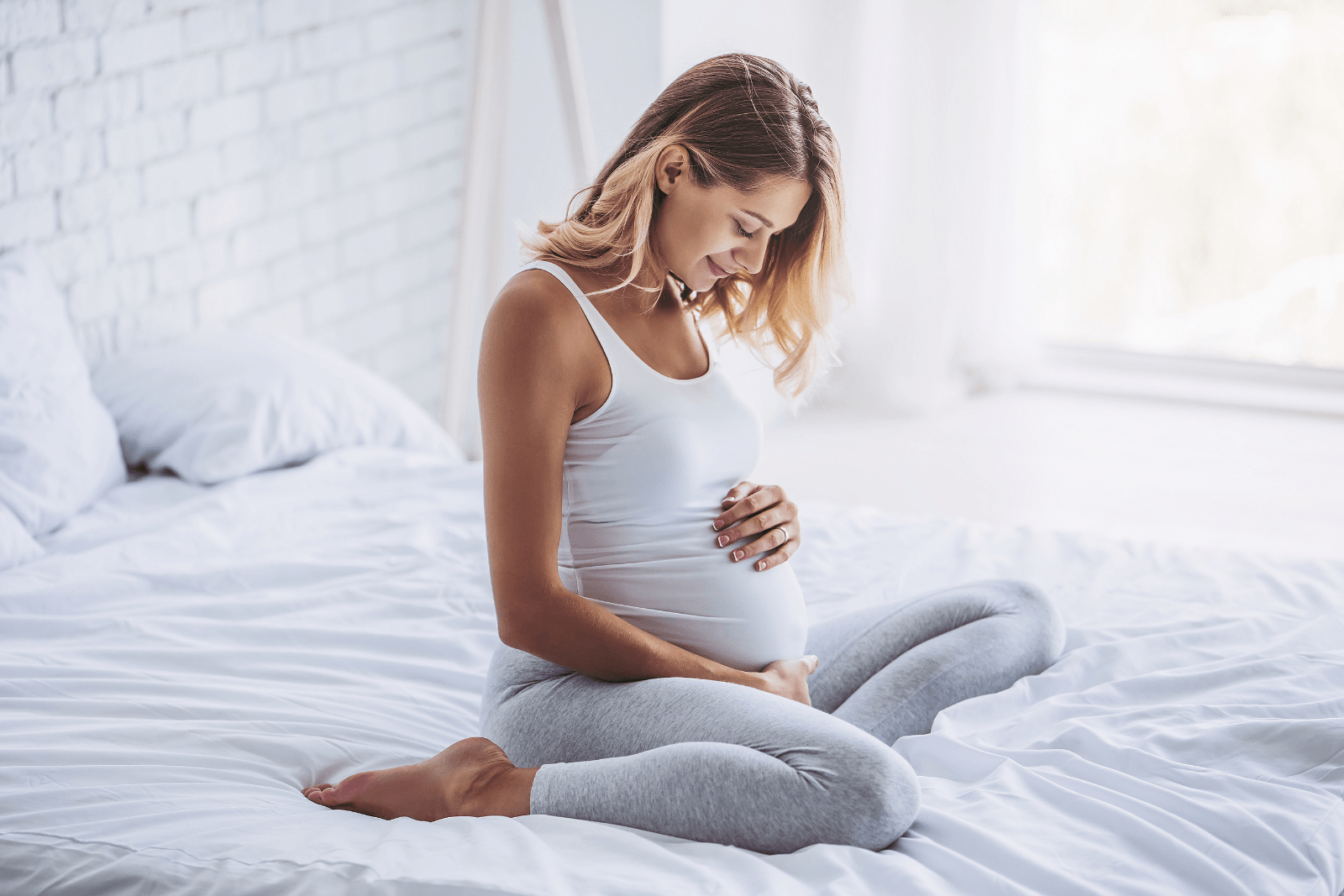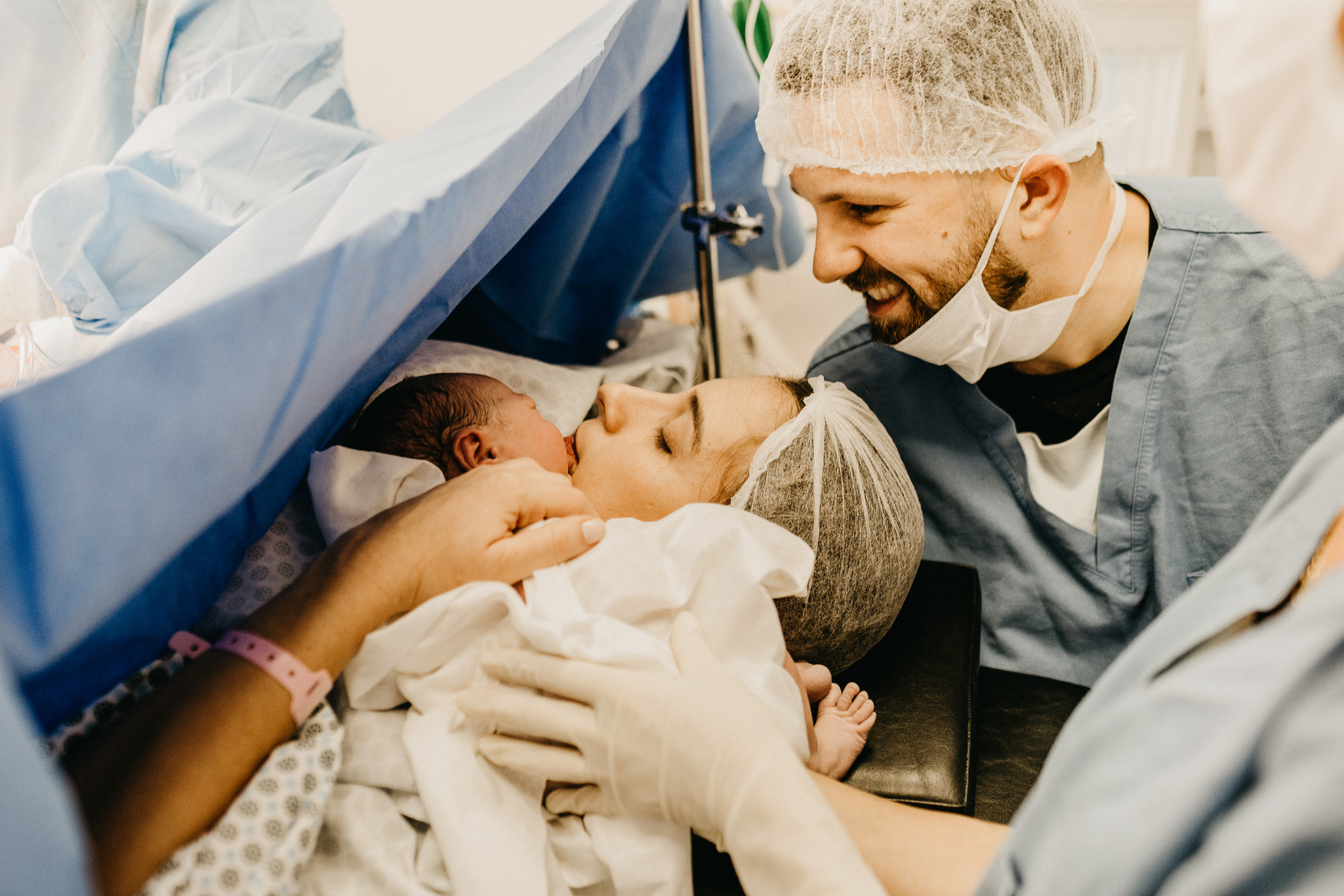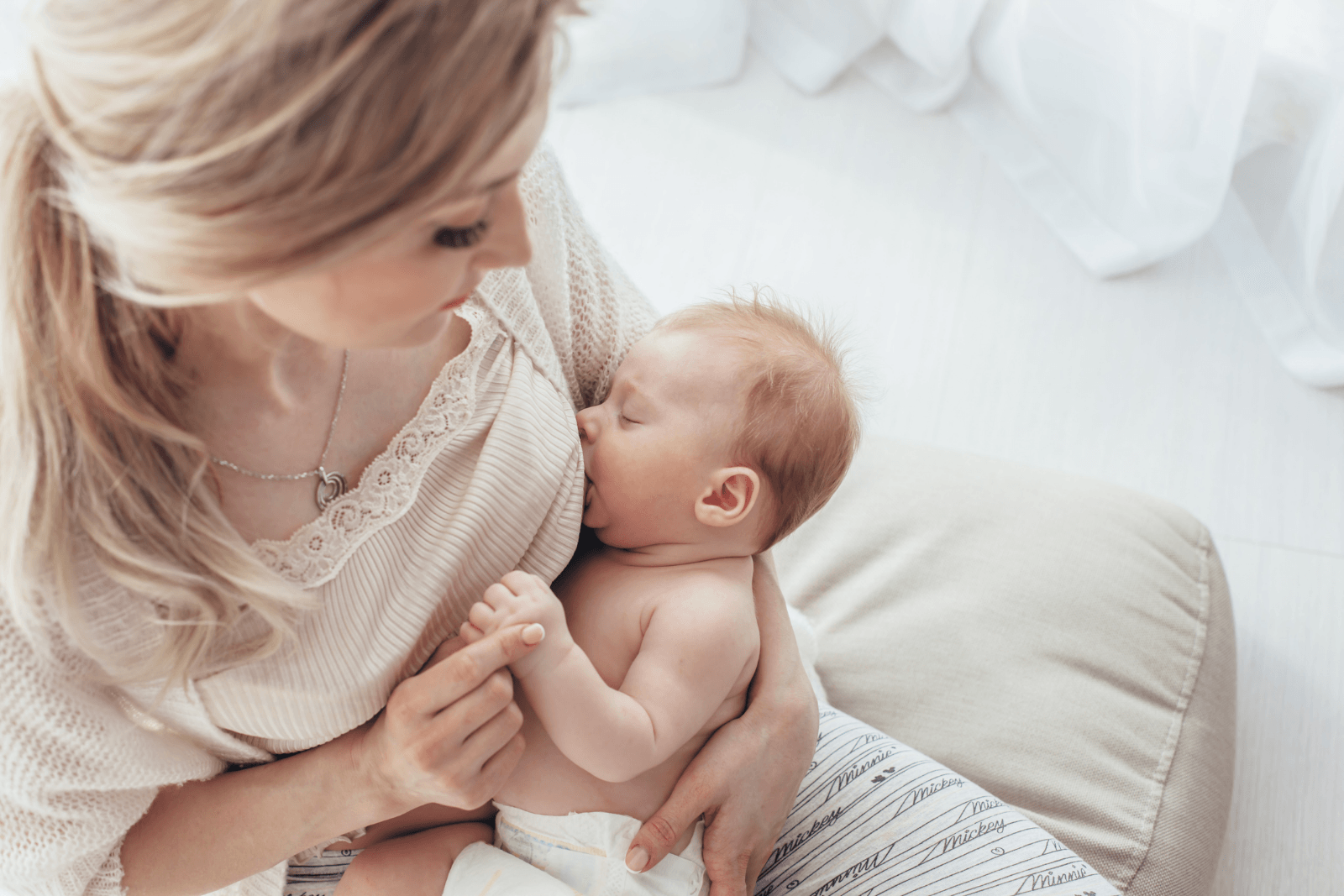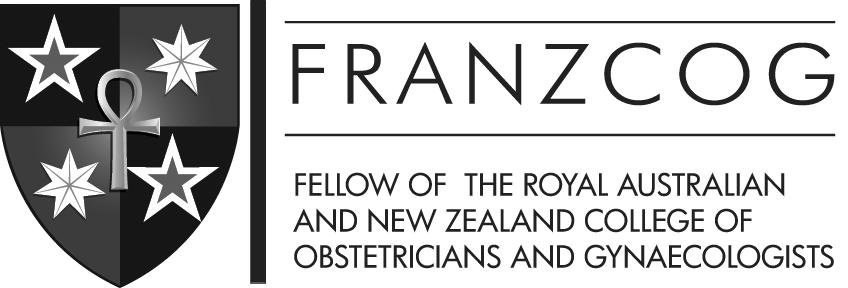For the first few weeks of your newborn baby’s life, a gentle sponge bath is all you need to do, until the umbilical cord falls off & heals completely.
Here are some basics you need to keep in mind when bathing your newborn.
- First you need to undress your baby – while cradling their head with one hand, you should expose only those areas that you are washing, leaving the nappy on as you will wash that area last.
- Using a baby bath sponge or wash cloth, wash one area at a time: Behind the ears, Neck, elbows, knees – don’t forget in between fingers and toes and the creases under the arms.
- Leave the hair toward the end of bath time so they don’t get cold. To avoid getting their eyes wet, tip the head back just a little. There’s no need for shampoo- just use water.
- Then remove the nappy and sponge their belly & bottom
- Wash little girls from front to back. If a little boy is uncircumcised, leave the foreskin alone. If circumcised, don’t wash the head until it’s healed.
- Gently pat them dry, without rubbing the skin as that will cause irritation.
- Now your baby is ready for a clean nappy and clean clothes!
Most of all – enjoy the bonding time with your babe! We hope these quick tips prepare you for your first few weeks of bath time.
For further information you can chat with the POGS midwives or our doctors at your next appointment. To make one, please call us on (08) 6270 0123 or email: reception@pogs.com.au




